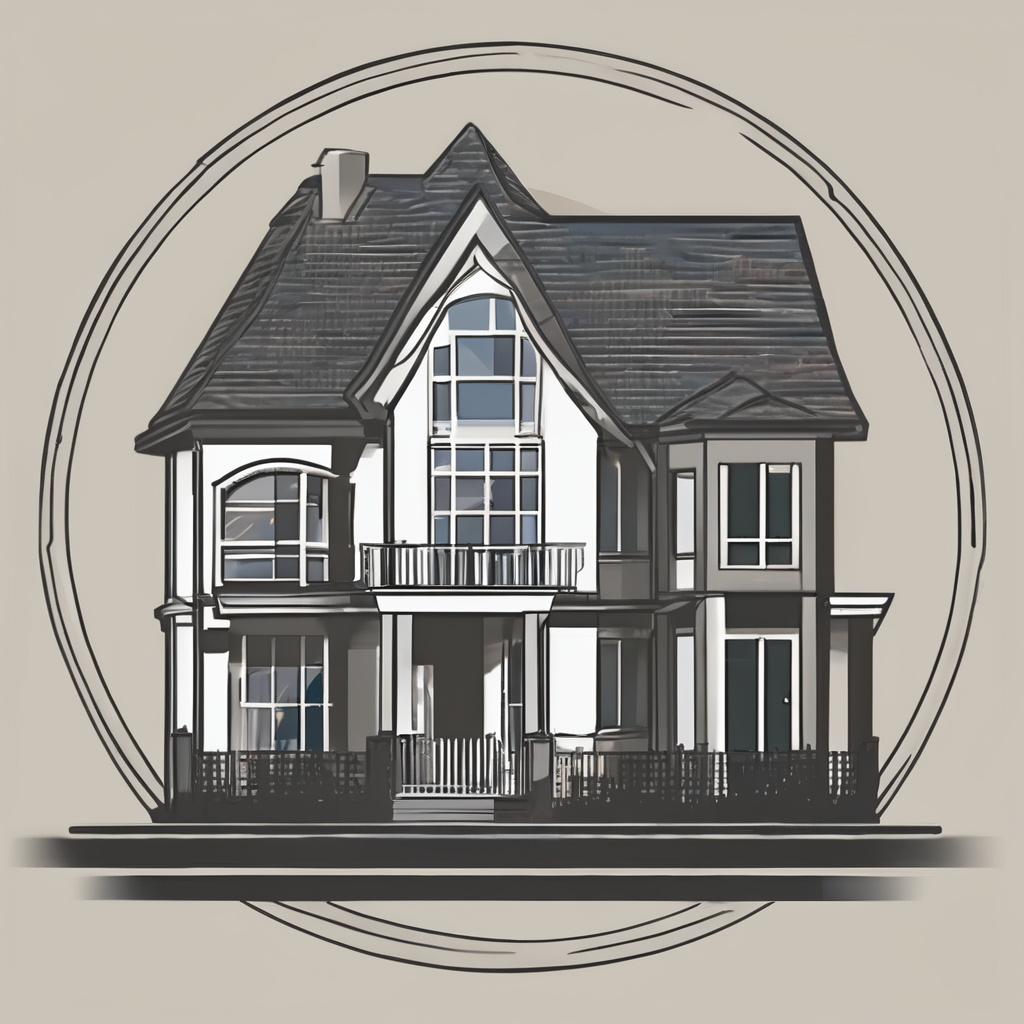The UK Government has recently announced significant changes to the Building Regulations with regard to insulation standards. The motive is clear: to reduce carbon emissions and improve energy efficiency in homes across the country, aligning with the country’s climate change goals. As property owners and residents, you may wonder how these new standards will impact existing of homes, particularly older buildings. This article will delve into the specifics of these changes, what they mean for your property, and how you can comply without losing the charm of your older home.
1. Understanding the Changes in Building Insulation Standards
Changes in insulation standards are part of the UK’s broader strategy to combat climate change. The focus is on the energy performance of homes, with an emphasis on improving existing properties’ insulation. This effort forms part of the pathway to achieving a carbon-neutral England by 2050.
A lire en complément : What Strategies Should Property Investors Use to Mitigate Risks in High-Seismic Zones in the UK?
The key change is the enhancement of the EPC (Energy Performance Certificate) standards. The EPC rates the energy efficiency of a property from A (most efficient) to G (least efficient). Now, the minimum standard expected of all residential properties, new builds, and rentals, is ‘C’. This means that all homes, irrespective of when they were built, are expected to meet this standard.
2. The Implications for Older Residential Properties
So, how does this affect older residential properties? These properties, often marked by character and history, may not have been built with energy efficiency in mind. They might lack proper insulation, have single glazed windows or boiler systems that are far from efficient.
Sujet a lire : How Does the Increase in UK University Admission Rates Influence the Demand for Off-Campus Housing?
The latest changes in regulations mean that such properties will need to undergo renovations to meet the new insulation standards. This will involve fitting wall insulation, improving the home’s overall thermal performance, and possibly upgrading heating systems.
3. The Benefits of Improved Insulation Standards
While the thought of retrofitting an older home with modern insulation measures might seem daunting, there are tangible benefits to be gained. Enhanced insulation can drastically cut down on energy consumption, reducing carbon emissions and your energy bills as well.
Moreover, the new regulations are not an indictment of older homes, but rather an opportunity to blend classic architecture with modern performance. By retrofitting properties with newer, more efficient insulation options, the UK can maintain its diverse housing stock while still meeting climate change targets.
4. The Challenge of Meeting New Insulation Standards
Despite the clear benefits, meeting the new insulation standards will be a challenge for many older properties. Factors to consider include the type and age of the building, its current insulation level, and the cost and feasibility of the upgrades.
For some properties, meeting the new ‘C’ EPC rating may involve relatively straightforward changes such as cavity or loft insulation. However, for others, it may require more complex solutions like solid wall insulation, often a costly and disruptive process.
5. Navigating the Path to Compliance
The Government has acknowledged that reaching the new insulation standards will be a significant task, particularly for older properties. To help homeowners in this journey, it has outlined a range of support measures. These include access to advice and information, grants and financial incentives for energy efficiency improvements, and a phase-in period to enable gradual adjustments to meet the new standards.
At a glance, the new insulation standards may appear as a tall order for older properties. However, they are a crucial step in making UK homes more energy-efficient and reducing the country’s overall carbon footprint. With the right approach and support, it’s possible to upgrade your older property’s insulation while maintaining its unique charm and character. Meeting these standards will not only make your home more comfortable and cost-effective but also contribute to a more sustainable future for all of the UK.
6. The Roles of Local Authorities and Homeowners
Local authorities play a pivotal role in achieving the climate change goals of the UK government. They can enforce and monitor the building regulations and insulation standards, ensuring that property owners are aware and compliant with the new rules. Additionally, local authorities can provide assistance and guidance to homeowners who may be unsure about how to best go about improving their property’s insulation.
As a homeowner, your role cannot be overstated. It’s crucial to understand the changes in building regulations, particularly if you own an older property. A good starting point is examining your property’s Energy Performance Certificate. This certificate provides valuable insights into the energy efficiency of your home and can help identify areas that need improvement.
You should also proactively seek guidance from your local authority or an energy expert. They can provide useful advice on how to improve your property’s energy performance in line with the new standards, taking into account your property type and the unique characteristics of your home.
Remember, the ultimate goal is to reduce carbon emissions and make the UK’s housing stock more energy-efficient. By improving your home’s insulation, you are not only reducing your energy bills but also contributing to the country’s fight against climate change.
7. Conclusion: Adapting to the Changes in Building Insulation Standards
The changes in building insulation standards in the UK present a significant challenge, especially for owners of older properties. However, they also provide a unique opportunity. These changes allow homeowners to combine the charm of older properties with the benefits of modern energy-efficient technologies.
While the journey towards compliance might seem daunting, remember that there is ample support available. From financial incentives to expert advice, the government and local authorities are committed to helping homeowners navigate these changes.
Ultimately, these changes in building insulation standards are about more than just complying with new regulations. They are about making homes more comfortable and cost-effective, reducing our carbon footprint, and helping the UK achieve its climate change goals.
Whether you own a centuries-old cottage or a mid-century terrace home, these changes are your chance to play a part in creating a more sustainable future. By embracing these changes and improving the energy efficiency of your home, you are making a valuable contribution to the fight against climate change. So, let’s welcome these changes, and let’s look forward to a more energy-efficient future!






